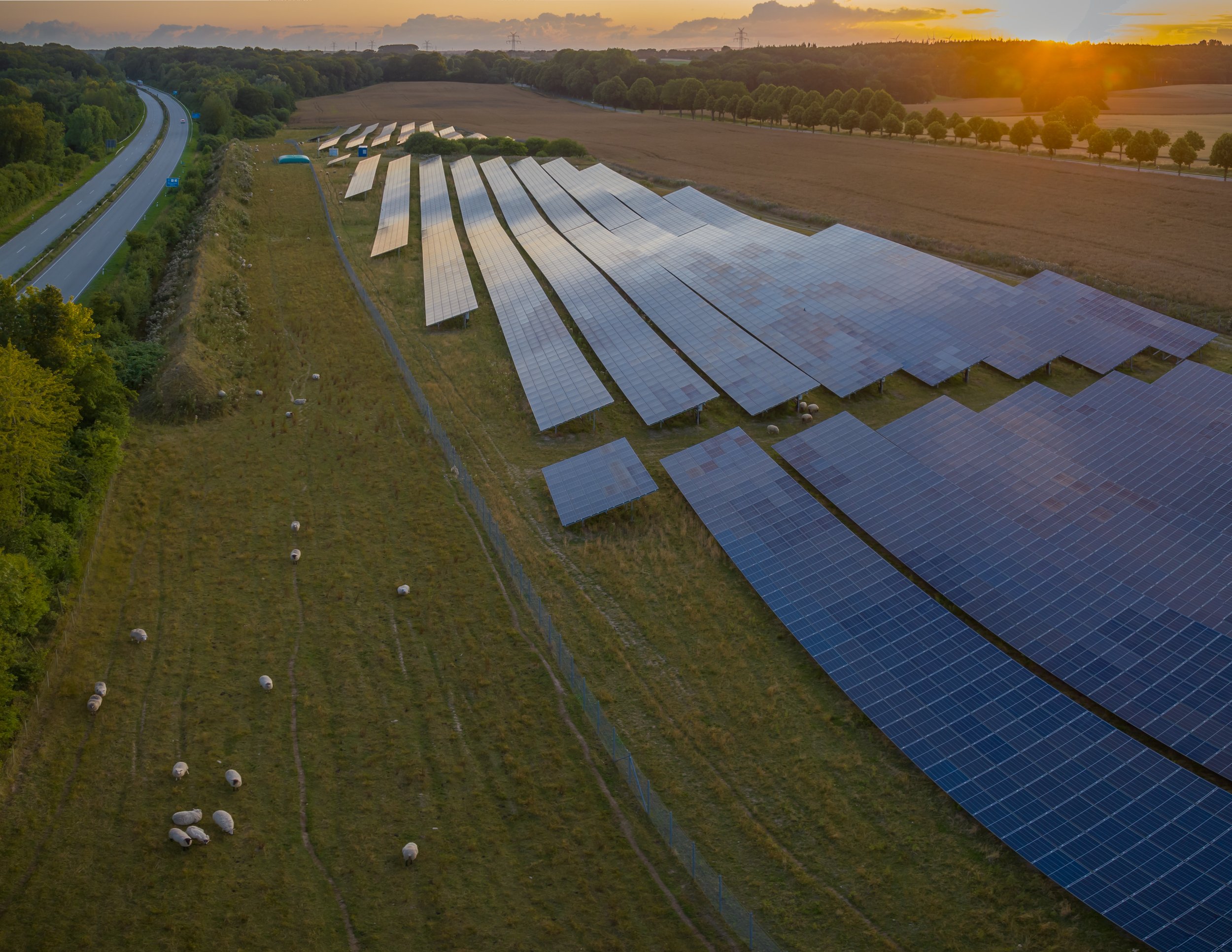
The Solar Park
We are at the early stage of developing our proposals. We still have to identify where equipment would be located and the measures that we can introduce that will reduce any potential negative effects on the surrounding area, communities and the environment.
We are carrying out detailed assessments to identify areas that could be set aside to create new or enhance existing habitats for biodiversity net gain. This would be alongside creating buffer zones to maintain a respectful distance between infrastructure and existing homes, landscape, ecological features, and Public Rights of Way.
The principal components of the Scheme would include:
The solar array sites, which will include solar panels, conversion units and inverters, 132kV substations located within the solar array sites and up to three 400kV substations;
A new National Grid substation operated by National Grid Electricity Transmission plc and associated works required to facilitate the export of electricity from the Scheme to the national grid;
Anticipated works related to the existing 400kV overhead line and associated pylon(s), for example, the relocation or moving of the existing pylon(s), new pylons, temporary replacement pylon(s) and restringing of the overhead line;
A Battery Energy Storage System (BESS);
A Cable Route Corridor (CRC) for the underground electricity cables to run between the solar array sites to connect the BESS and National Grid substation; and
Associated infrastructure, mitigation and enhancement measures and other ancillary works, for example, enclosures and fencing, security, drainage, earthworks, highways and access works, mitigation and enhancement measures, temporary works compounds and work sites.
Additional design considerations
Solar PV technology is advancing quickly. To ensure we can incorporate the most current technology when we begin construction, our DCO application will be designed to maintain a degree of flexibility.
The DCO application will include maximum design parameters in relation to components such as:
Solar panel heights and locations
Dimensions o the infrastructure, such as the BESS, National Grid Substation and substations
Compound areas
Solar photovoltaic (PV) panels
There are currently two options being considered for the mounting structures of PV panels. We plan to utilise Single-Axis Tracker Panels and/or Fixed Panels.
The tracker panels (and their supports) could have a maximum height of up to 4.5 metres when at their greatest inclination. The minimum height of the lowest part of the solar PV panel above ground would be 0.4 metres. These would be aligned in north-south rows, rotate to the east and west, and tilt up to a maximum of 60 degrees from horizontal.
Fixed panels (and their supports) could have a maximum height of up to 3.5 metres. The minimum height of the lowest part of the solar PV panel above ground would be 0.4 metres. The fixed panels would be aligned in east-west rows and face at a fixed tilt angle between +10 and 35 degrees from horizontal.


